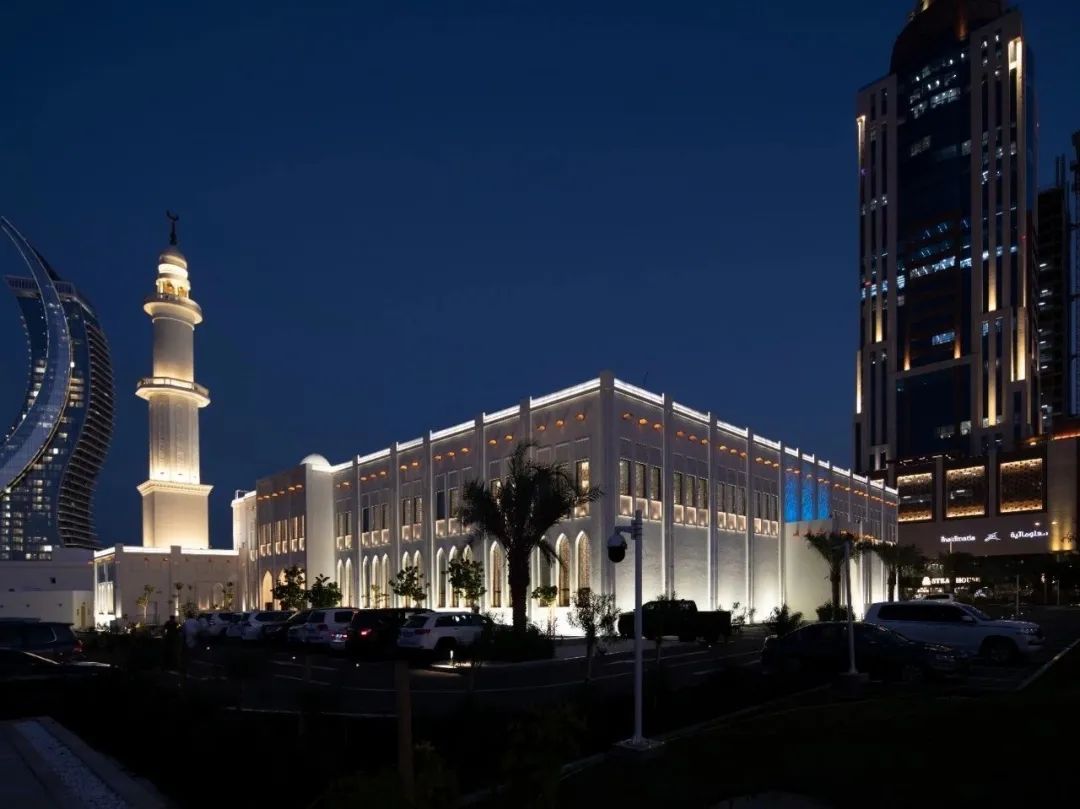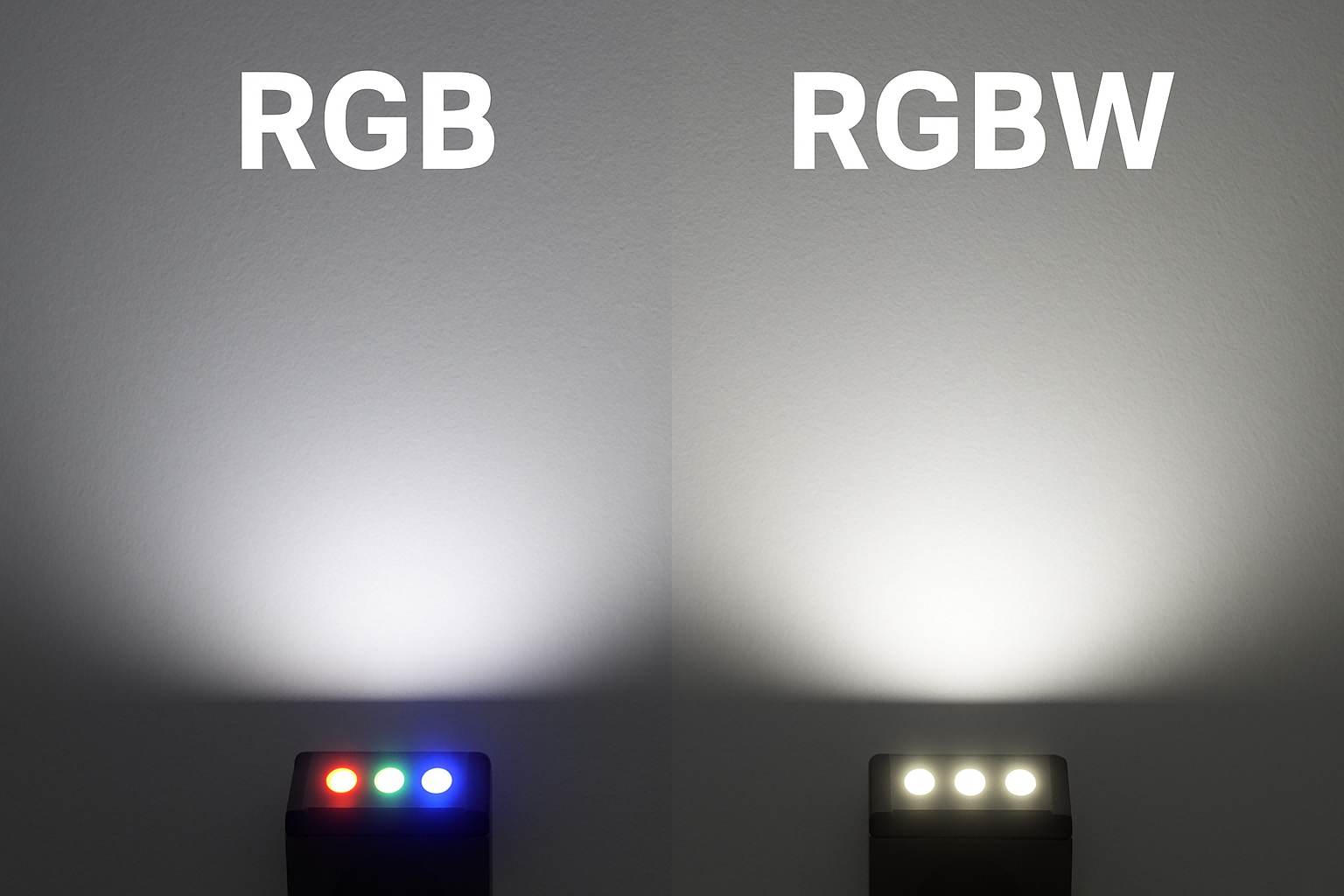10 Ideas For Planning a Bridge Lighting Design: Illuminating Landmarks
A bridge is far more than a concrete and steel conduit for traffic. It’s a silhouette against the city skyline, a silent poem spanning a river, a geographical anchor for community memory. As daylight fades and dusk settles, thoughtfully designed lighting acts like a magical brush, bestowing this silent giant with new life and soul. It transforms cold infrastructure into a warm urban beacon, telling unique stories and shaping the very identity of the night.
However, bridge lighting is far from simply "turning on the lights." Poor design can lead to intrusive light pollution blotting out the stars, create safety hazards, render potentially majestic structures mundane, or become a vortex of energy waste. Conversely, a deeply considered bridge lighting scheme delivers multiple rewards: it instantly elevates a city's image, becoming a magnet for visitors; it significantly enhances safety for nighttime navigation; it activates waterfront economies, filling restaurants and promenades with vitality; and crucially, it ignites community pride, creating a shared nocturnal landscape cherished by all.

Planning is the bedrock upon which this vision is built. From the initial spark of inspiration to the final shimmering reality, each step demands meticulous consideration. This article shares 10 core ideas to help you, from the very inception of your project, lay a solid foundation for creating a landmark lighting installation that is safe, captivating, sustainable, and truly emblematic of its city.
1. Clarify Lighting Goals and Vision
1.1) Define Functional vs. Landmark Goals
The first step in bridge lighting is not to choose lamps, but to clarify the "mission of lighting". Clarifying the goal is the key to ensuring the success of the project. It not only affects the design aesthetics and technical selection but also determines the overall budget allocation and subsequent maintenance strategy.
1.2) Landmark Aesthetics and Urban Identity
Is the primary task of lighting functional? For example, provide a safe, glare-free, and uniform visual environment for vehicles and pedestrians at night; clearly divide the traffic area and improve traffic efficiency. Or do you want to give the bridge a visual landmark? Use lights to shape the outline of the building, make it stand out at night, become the focus of the city, and enhance the beauty of the city's nightscape and tourism appeal.
1.3) Lights as Cultural Narrative Tools
If the vision goes a step further, have you considered using lights as a cultural narrative tool? Use light and shadow to tell the historical origins, structural language, or regional spirit of the bridge, such as simulating the flow of rivers through dynamic lighting effects, and paying tribute to local industries or festivals with colors, so that lights can "tell stories".
1.4) Economic and Social Activation through Light
Lighting can not only serve as an economic and social catalyst but also create an atmosphere that attracts crowds, drive the development of the night economy, and activate the social and commercial vitality of the waterfront space.
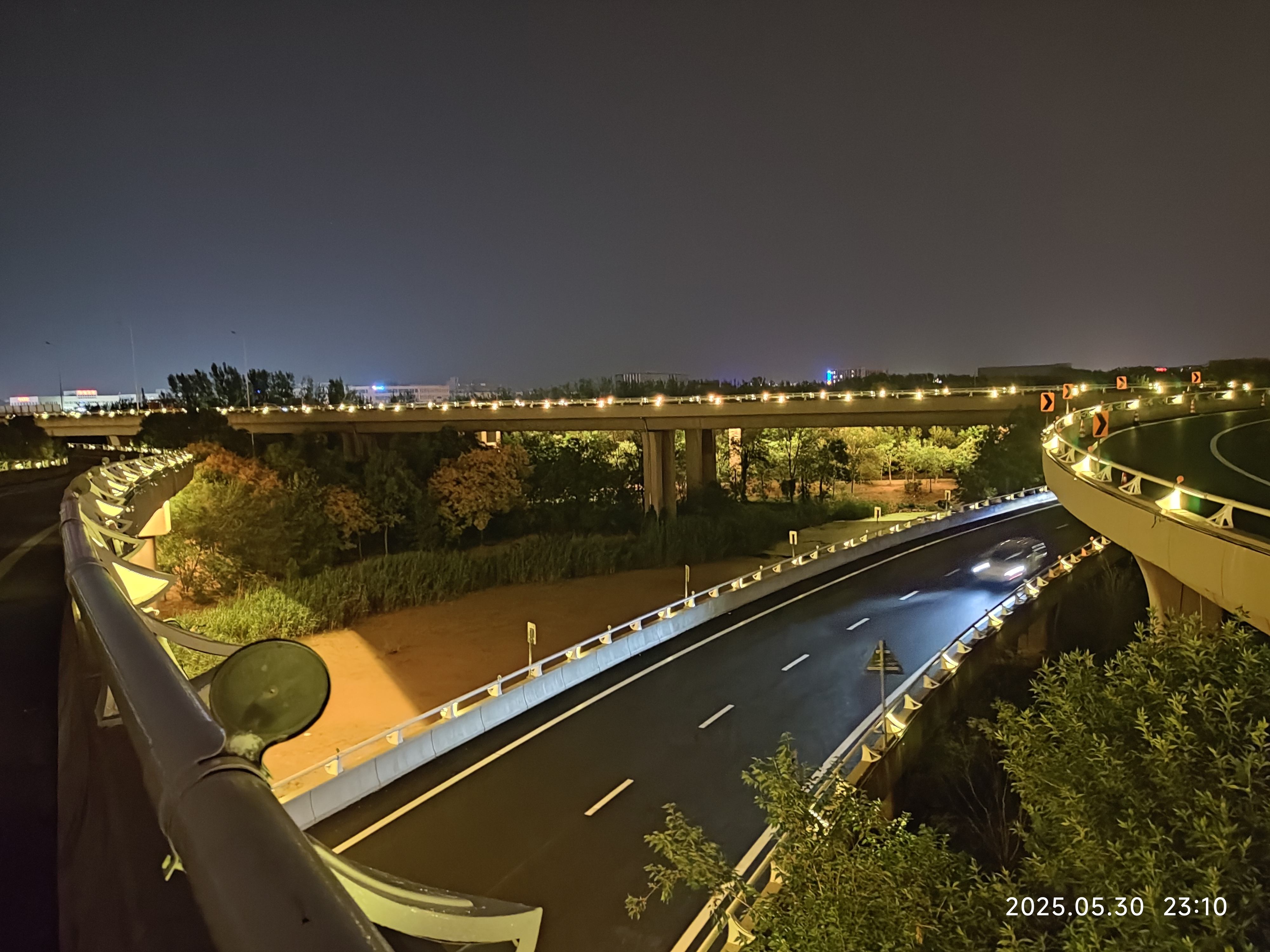
2. Respecting Structure and Cultural Heritage
Excellent bridge lighting design is not about "adding light" to the building, but about "discovering the possibility of light" in its structural logic and historical context. Each bridge has its own unique structural language and cultural background. The primary task of lighting is not “decoration” but to identify and strengthen these original expressions.
2.1) Lighting Follows Structural Rhythm
The structure itself often defines the visual rhythm of a bridge: elegant arches, upright cables, precise trusses, or tension-filled cable-stayed bridges. These geometric features are the basic clues for lighting design. The position, beam angle and illumination distribution of lamps should all revolve around these elements - for example, point light sources are arranged along the steel cables to highlight their tension; linear wall washers are set under the arch bridge to create a light "floating" vision; directional light is used to strengthen the columnar rhythm of the bridge piers and build a solemn depth.
2.2) Dynamic Lighting for Modern Bridges
For modern bridges, dynamic lighting effects, changing colors and digital control systems can be used to show their technical tension and contemporary expression. For example, RGBW lamps can be used with DMX systems to create festive theme lights, or "light flow" can be achieved through programming to enhance the emotional connection between the bridge and the city.
2.3) Dialogue Between Light and Materials
Whether ancient or modern, lighting should establish a dialogue relationship with bridge materials: the reflectivity of steel, the roughness of concrete, the modern texture of glass or aluminum structures, and different materials have different effects on light absorption, diffuse reflection and refraction. Designers should choose the appropriate color temperature and lighting method according to their optical properties.
3. Anchor design in functional safety
Although bridge lighting often carries the expression of aesthetics and urban image, its primary function is always to ensure safety. Especially in special traffic nodes such as bridges, night lighting bears multiple responsibilities such as navigation, identification, warning, and guidance, and is a key technical means to maintain traffic order and traffic safety.
3.1) Complete Functional Coverage
Functional lighting must achieve accurate and continuous light coverage. Key areas include the lanes on the bridge deck (especially the dividers, shoulders, entrance and exit curves), pedestrian walkways, bicycle lanes, stairs, connecting ramps, etc. The design should avoid the discontinuous feeling of "light spot-dark area-light spot" to ensure the continuity of vision. Scientifically arranging lamps with symmetrical light distribution or asymmetrical beams (such as narrow light distribution linear lamps) can effectively avoid blind spots and enhance traffic guidance.
3.2) Glare Control Strategies
Glare control is another important dimension. If the angle of high-intensity lamps is not appropriate, it will cause direct glare, causing the driver to blind instantly and pedestrians to feel uncomfortable. Professional lighting solutions should choose lamps with anti-glare designs such as hoods, honeycomb filters, and shading sheets, control the upward angle to less than 70 degrees, and cooperate with precision optical lens systems to achieve a balance between effective light distribution and comfortable vision.
3.3) Visibility in Harsh Weather
In severe weather conditions, such as heavy fog, rain, snow, or wind and sand, ordinary lamps have limited penetration. At this time, enhanced functional lighting fixtures should be added to key nodes (such as bridge towers, diversion areas, and confluences), and high color temperature, strong penetrating LED light sources (4000K-5000K) or auxiliary lighting systems should be selected to improve visibility and emergency response time.
3.4) Enhancing Psychological Safety
From the perspective of psychological safety, good bridge functional lighting can also enhance the confidence and comfort of passers-by. A properly illuminated environment not only enhances people's sense of control over the path, but also effectively reduces anxiety and uneasiness caused by blurred vision and blurred environment. Especially in pedestrian bridges or urban slow-moving systems, uniform and soft functional lighting combined with appropriate color temperature (recommended 3000K~3500K) and step-by-step guide light can help create a safe and pleasant night walking experience.
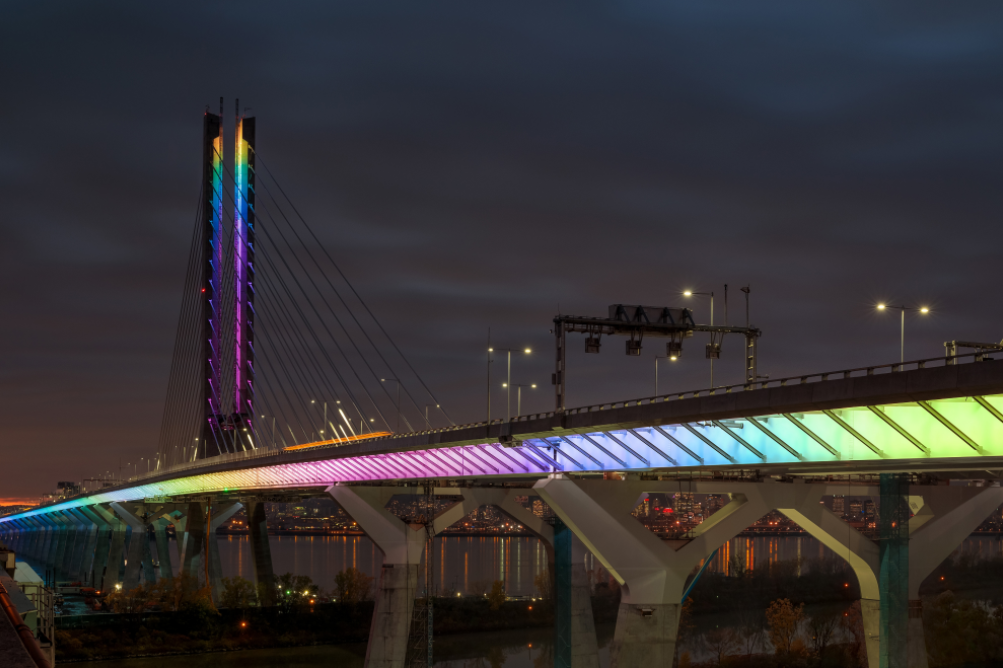
4. Embrace dynamic and programmable lighting
4.1) Seasonal and Event-Based Dynamic Effects
The primary charm of dynamic lighting lies in its powerful emotional expression ability. Light no longer just illuminates the bridge surface, but tells stories and creates situations in ways such as flow, breathing, pulsation, and gradient. The colors change with the seasons - the tender green of spring, the golden yellow of autumn, the interweaving of red and blue in winter festivals - making the bridge a visual symbol of the resonance between the city and the rhythm of nature. On special dates, such as National Day, city anniversaries, and New Year's Eve, the preset color light rhythm and pattern changes can instantly ignite public emotions and form "light events".
4.2) Programmable Systems and Synchronized Effects
The introduction of programmable control systems has given light "logic" and "responsiveness". Through protocols such as DMX512 and Art-Net, designers can accurately control the brightness, color and time sequence of each lamp bead to achieve unified animation arrangement or local dynamic response of the entire bridge. For example, cable bridges can achieve the dynamic trajectory of light "flowing" along the steel cable; beam bridges can arrange the "traffic synchronization" effect - when vehicles pass by, the lights also follow the rhythm, creating an immersive experience full of technology.
4.3) Intelligent Lighting via Environmental Data
Data-driven lighting intelligent response systems are emerging. By integrating traffic sensors, anemometers, thermometers and even air quality monitors, lighting systems can obtain environmental data in real time and adjust visual performance accordingly. For example, the brightness is automatically increased during peak hours at night to improve driving safety; in windy and rainy weather, the light beam becomes more concentrated and penetrating to enhance visibility; even when the air quality is good, the bridge lights automatically turn soft green to send a positive signal of a healthy city.
4.4) Smart Energy-Saving Control
Dynamic lighting can also be integrated with public energy-saving systems. Setting an automatic dimming mechanism during low-traffic hours can effectively reduce energy consumption and maintenance frequency. At the same time, the use of color temperature adjustment (Tunable White) and RGBW systems can flexibly switch between visual performance and comfort, taking into account both aesthetics and practicality. For bridge sections near residential areas, time zone programming can also be used to avoid disturbing residents late at night, realizing true "smart noise reduction lighting".
5. Seamless integration with the environment
5.1) Harmony with Natural Landscapes
The responsiveness of the natural environment is a key consideration that cannot be ignored. Bridges often cross rivers, lakes, canyons or coasts, and these terrains not only affect structural engineering, but also provide a natural light and shadow canvas for lighting. The design should make good use of the reflective properties of water bodies, and achieve a "symmetrical" mirror vision through precise lighting angles and appropriate brightness control, creating a dreamlike nighttime beauty. But at the same time, it is also necessary to avoid interference with the ecology. Especially in bridge projects that are wading or near wetlands, strong upward light sources, frequently changing RGB animations, and other elements that may interfere with the migration or habitat of birds at night should be avoided to ensure the harmonious coexistence of human landscape and natural ecology.
5.2) Urban Contextual Compatibility
The harmony with the urban landscape is also crucial. A bridge may be located in a historical city, a modern financial district, a waterfront park belt, or even a transition zone between the city and the suburbs. The choice of lighting style must be based on the overall city color, the surrounding architectural style, the night scene atmosphere, etc. Analysis. For example, in the core area of the city with modern high-rise buildings, bridges can use cool colors and geometric dynamic beams to integrate into the urban rhythm; while in traditional cultural blocks or suburban park sections, it is more appropriate to use warm white light and static light strips to create a warm and humanistic transition effect.
5.3) Balancing Light Intensity and Color
Light color and brightness are the two core technical variables in this fusion. Urban residents have a strong sense of nighttime ambient light, especially when the bridge is close to residential areas. Excessive light will not only cause light pollution, but may also cause complaints from residents. Therefore, a baseline survey of the nighttime environment should be conducted in the design, a reasonable upper limit of brightness and illumination zoning should be set, and a gradient layout of "high brightness in the center - soft edges" should be adopted to balance landscape display and living comfort. In addition, the use of warm white light sources between 3000K and 3500K is easier to coordinate with the basic lighting color temperature of most blocks, thereby achieving color coherence and visual comfort.
5.4) Cultural Storytelling through Light
Bridge lighting can be used as a medium for conveying culture and landmarks. Unlike simple aesthetic symbols, light and shadow can take on the function of telling stories. For example, a bridge across the ancient canal can evoke associations with water culture through "water wave-shaped light flow"; and a bridge located near the revolutionary memorial scenic area can pay tribute to history with red theme lights on specific festivals. Light here is not only light, but also a symbolic "urban vocabulary".
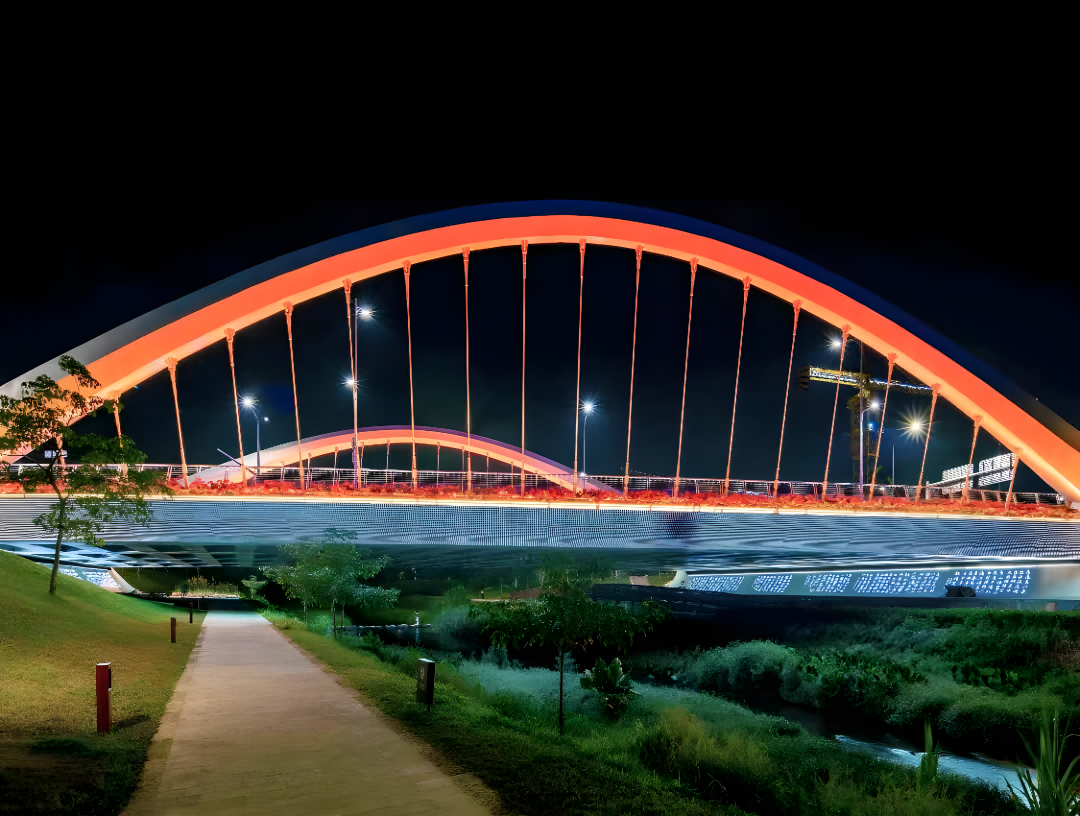
6. Prioritize sustainability and efficiency
6.1) LED as the Core Technology
Against the backdrop of global climate change and urban energy shortages, bridge lighting design needs to break away from the paradigm of "brightness" and "aesthetics" and put "sustainability" and "energy efficiency optimization" at the core. With more than 50% energy-saving efficiency, a lifespan of up to 100,000 hours, and mercury-free environmental protection characteristics, LED technology has become the cornerstone of green lighting; its excellent dimming and color temperature control capabilities provide hardware guarantees for the realization of intelligent energy-saving strategies.
6.2) Intelligent Control Systems for Efficiency
Efficient hardware is only the foundation, and the intelligent control platform is the "brain" of energy efficiency management. Through time-based dimming and scene switching (such as retaining only functional lighting late at night), ambient light response (automatically shut down during the day and moderately open at night), and flow sensing activation (keep dim or shut down during non-high-traffic periods), unnecessary energy consumption can be greatly reduced. Remote monitoring and fault diagnosis functions can report energy consumption and lamp status in real time, helping to accurately operate and maintain and avoid waste of resources.
6.3) Life Cycle-Oriented Material Selection
From the perspective of life cycle (LCA), highly corrosion-resistant, UV-resistant and shock-resistant materials (aluminum alloy die-cast lamp body, stainless steel bracket, PC anti-ultraviolet cover, etc.) are preferred, which can reduce the frequency of disassembly and maintenance, and reduce carbon emissions in transportation and replacement. Although the initial cost is high, the long-term total operating cost (TCO) is significantly reduced, taking into account both economy and environmental protection.
6.4) International Green Certifications
The introduction of international green certification (such as LEED, BREEAM, IDA) as a guide in the design stage can not only enhance the environmental reputation of the project, but also facilitate the demonstration of social responsibility and ecological value to the government, the public and investors. Only through the coordination of software and hardware and material control can bridge lighting achieve a rational balance between visual art and ecological burden.
7. Carefully reduce light pollution
As an important landmark of the city, the brilliance of the bridge's night lights is amazing, but this brilliance must not be at the expense of the natural night sky. Responsible bridge lighting design must attach great importance to the control of light pollution, ensure the purity of the night sky, and protect the surrounding ecological environment and the quality of life of residents.
7.1) Optical Control and Beam Restriction
Advanced precision optical instruments should be used, such as lamps with full cut-off design and special reflectors. Such lamps can effectively limit the light to the bridge structure or road surface, avoid unnecessary light spilling into the sky, reduce skyglow and interference with neighboring buildings. Through precise beam control and lamp direction adjustment, lighting efficiency can be maximized while reducing energy consumption and light disturbance.
7.2) Selecting Appropriate Color Temperatures
The choice of color temperature is particularly critical. Warm white light (color temperature 3000K or lower) should be preferred, because high color temperature light sources (5000K and above) are rich in blue light components, which not only cause glare and discomfort to human vision, but also aggravate night light pollution, interfere with the circadian rhythm of organisms, affect the behavior patterns of birds and insects, and destroy the ecological balance. Warm light is gentler and more comfortable, and can better integrate into the night environment and create a pleasant atmosphere.
7.3) Scientific Brightness Planning
The brightness level of lighting must be scientifically set according to the actual environment and functional requirements. The brighter the better. Excessive lighting not only wastes energy, but is also the main source of light pollution. Reasonable illumination planning should comprehensively consider factors such as bridge size, traffic flow, and surrounding brightness, and control brightness by zone to achieve "sufficient but not redundant" to effectively protect the nighttime visual environment.
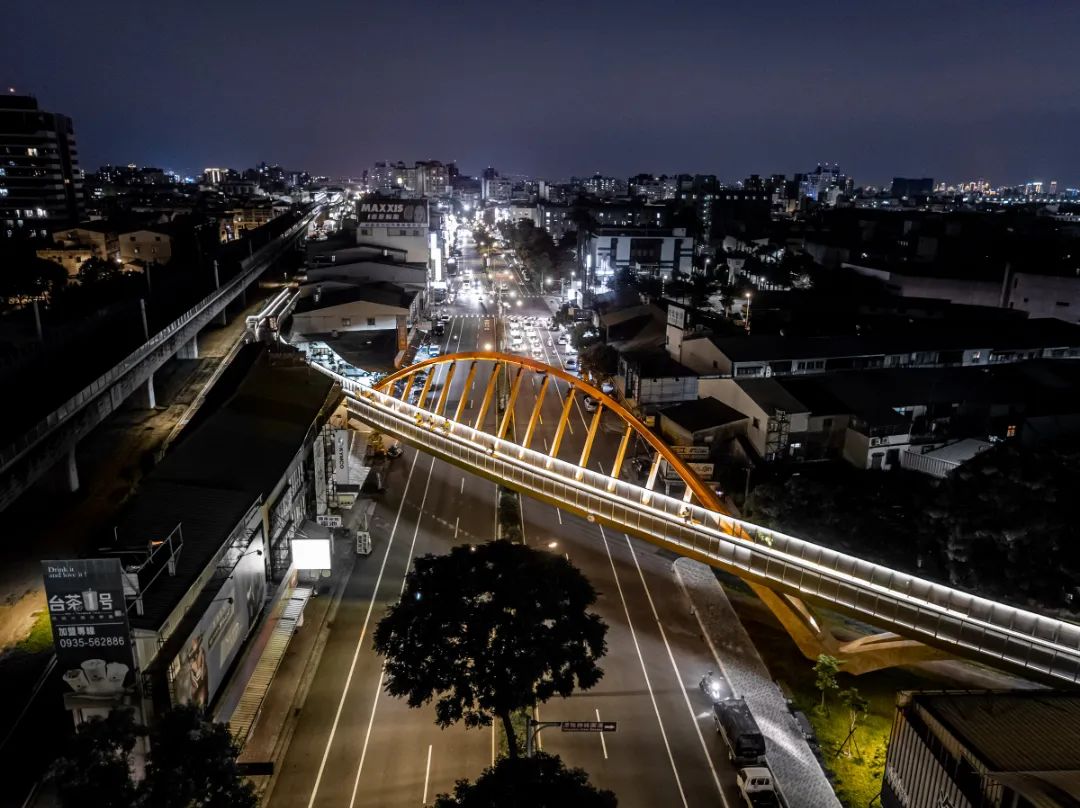
8. Durability and maintainability design
8.1) Weather and Environment Resistance
The special environment of bridges places extremely high durability requirements on lighting equipment. Since bridges are often exposed to harsh conditions such as wind, rain, salt spray, high temperature, low temperature and mechanical vibration, lamps and related accessories must have excellent corrosion resistance, waterproof, dustproof and weather resistance to ensure long-term stable operation. During the design phase, it is necessary to clearly select equipment with a high protection level, usually at least IP66 or IP67 standards, while in coastal or de-icing salt areas, a higher level of protection is required to withstand the dual challenges of corrosive salt and harsh climate.
8.2) Structural Installation Safety
The stability of structural installation is also critical. Mounting hardware, brackets and clamps must have extremely high strength and vibration resistance to withstand the strong wind loads and traffic vibrations faced by bridges, and avoid safety hazards and lighting failures caused by loosening or falling of lamps. The dynamic characteristics of the bridge structure should be considered during installation to ensure that the lamps are still strong and reliable in extreme weather.
8.3) Maintenance Accessibility and Safety
Maintenance convenience is a key point that cannot be ignored in the design. Bridge lamps are widely distributed and complexly located, and technicians need to be able to access every lighting point safely and efficiently. During the design, a dedicated maintenance channel should be reserved, or auxiliary facilities such as bridge inspection gantries and lifting equipment should be combined to simplify the daily inspection and maintenance process. Complex and dangerous maintenance paths not only increase operational risks, but also significantly increase long-term maintenance costs and affect operational efficiency.
8.4) Modular Design for Easy Replacement
Adopting modular design principles is an effective means to improve maintenance efficiency. Lamps should support quick disassembly and replacement, especially key components such as LED light sources, drivers and control modules, which should be designed to be easy to replace individually without disassembling the entire lamp housing or removing complex mounting hardware. This not only shortens maintenance time, but also reduces the impact of downtime, significantly improving the operational reliability and economy of the overall system.
9. Shaping the image and brand value of the city
9.1) Bridges as Visual Anchors
Bridges are not only infrastructure, but also a window for the city to show its image to the outside world. A well-planned lighting system can make bridges recognizable city landmarks, strengthen city brand awareness, and enhance the consistency of the overall city visual system. When tourists or local residents look out at night, the unique light outline highlights the bridge from the city background and becomes a striking visual anchor. Especially for tourism-oriented cities, the lighting of night bridges can become a check-in place, the protagonist of a promotional video, and even part of the city's LOGO.
9.2) Brand Communication through Lighting Language
Bridge lighting also plays the role of a visual communication tool. Lighting can be expressed through color, rhythm and theme, echoing the cultural spirit of the city, such as holiday color conversion, visual presentation of the city's proposition (green environmental protection, digital intelligence, etc.). The lighting system can also be unified with the city's visual guidance system and logo language to enhance recognition.
9.3) Boosting Confidence and Visibility
A strong visual language can also export "city confidence" to the outside world, attract commercial investment, cultural activities and international attention. A properly lit bridge not only connects the two sides, but also connects the city's past, present and future. It is a symbolic medium for brand and identity.

10. Future-oriented installation
Lighting technology is changing with each passing day, and the rapid iteration of technological trends means that today's cutting-edge systems may face the risk of being eliminated in a short period of time. Therefore, in the design and installation stage of bridge lighting, fully considering the adaptability and scalability of the system has become a key strategy to protect investment and extend service life.
10.1) Open Protocols for Smart Compatibility
Choose an intelligent lighting management system based on open standards, such as DALI-2, KNX, or compatible with the soon-to-be-popular Internet of Things (IoT) communication protocol. Open protocols ensure that the system is flexible and can support future software upgrades, new function integration or sensor access without overall demolition or large-scale transformation. This not only reduces the complexity of subsequent maintenance and upgrades, but also significantly reduces costs.
10.2) Infrastructure Prepared for Expansion
Spare conduits and space must be reserved during the installation process to allow for new wiring needs in the future. When designing the power distribution system, it is also necessary to consider leaving margins to support higher power and a larger number of channels, paving the way for more complex lighting equipment and intelligent control in the future. Such a reserved design ensures that future expansion will not be bottlenecked by insufficient infrastructure.
10.3) Standardization and Modular Upgradability
The selection of modular and standardized components is another key to achieving flexible upgrades. Luminaires should support the rapid replacement of key components, such as LED light engines and driver modules, to avoid replacing the entire luminaire body, saving materials and installation costs. Standardized interfaces also simplify supply chain management and facilitate the procurement and maintenance of accessories in the future.
10.4) Integration with Smart City Platforms
Bridge lighting design should be integrated into the vision of smart city construction and reserve interface capabilities with the city's Internet of Things platform. Through data ports or communication paths, the energy consumption data, operating status, and real-time information of environmental sensors (such as air quality monitoring and noise detection) of bridge lighting systems can be seamlessly transmitted to the city data center, providing city managers with powerful decision-making support and operation optimization means.
Conclusion: Lighting the way to the future
Bridge lighting planning is far more complicated than simply selecting lamps. It is a symphony of engineering precision, artistic expression, environmental management, community connection and future prospects. The following ten core planning concepts - from establishing a clear vision and respecting the essence of the structure to ensuring the safety of the foundation and embracing smart vitality; from harmonious integration with the environment and prioritizing sustainability, to strictly controlling light pollution and ensuring long-term resilience; from actively guiding public participation to focusing on adaptive design - provide a comprehensive blueprint for a truly successful bridge lighting design project.
The rewards of a well-planned and well-designed bridge lighting scheme are profound and lasting. It transforms the originally practical infrastructure into a warm and pleasant urban living room, quietly guarding the traffic after nightfall, capturing people's senses, telling unique stories, cultivating community spirit, and becoming a shining symbol of the city itself. This light not only illuminates the bridge deck, but also illuminates the path to a more vibrant, sustainably connected urban future.
About LNJAMI
Founded in 2008 and headquartered in Shenzhen, LNJAMI is a leading provider of outdoor architectural lighting solutions. Specializing in bridge lighting, façade washing, linear LED fixtures, floodlights, light‐guide panels, point‐source modules, LED mesh screens, and in‑ground uplights, we combine cutting‑edge hardware with bespoke design services to bring landmark structures to life.
Our in‑house team offers end‑to‑end support—from concept development and 3D renderings to intelligent control programming and on‑site installation guidance—ensuring every project meets the highest standards of visual impact, energy efficiency, and long‑term reliability. Serving a global clientele, LNJAMI helps cities and architects transform infrastructure into sustainable, iconic night‑time spectacles that captivate audiences while respecting the environment.
Visit us at www.ljmlamp.com to learn more about our portfolio and how we can illuminate your next landmark project.





